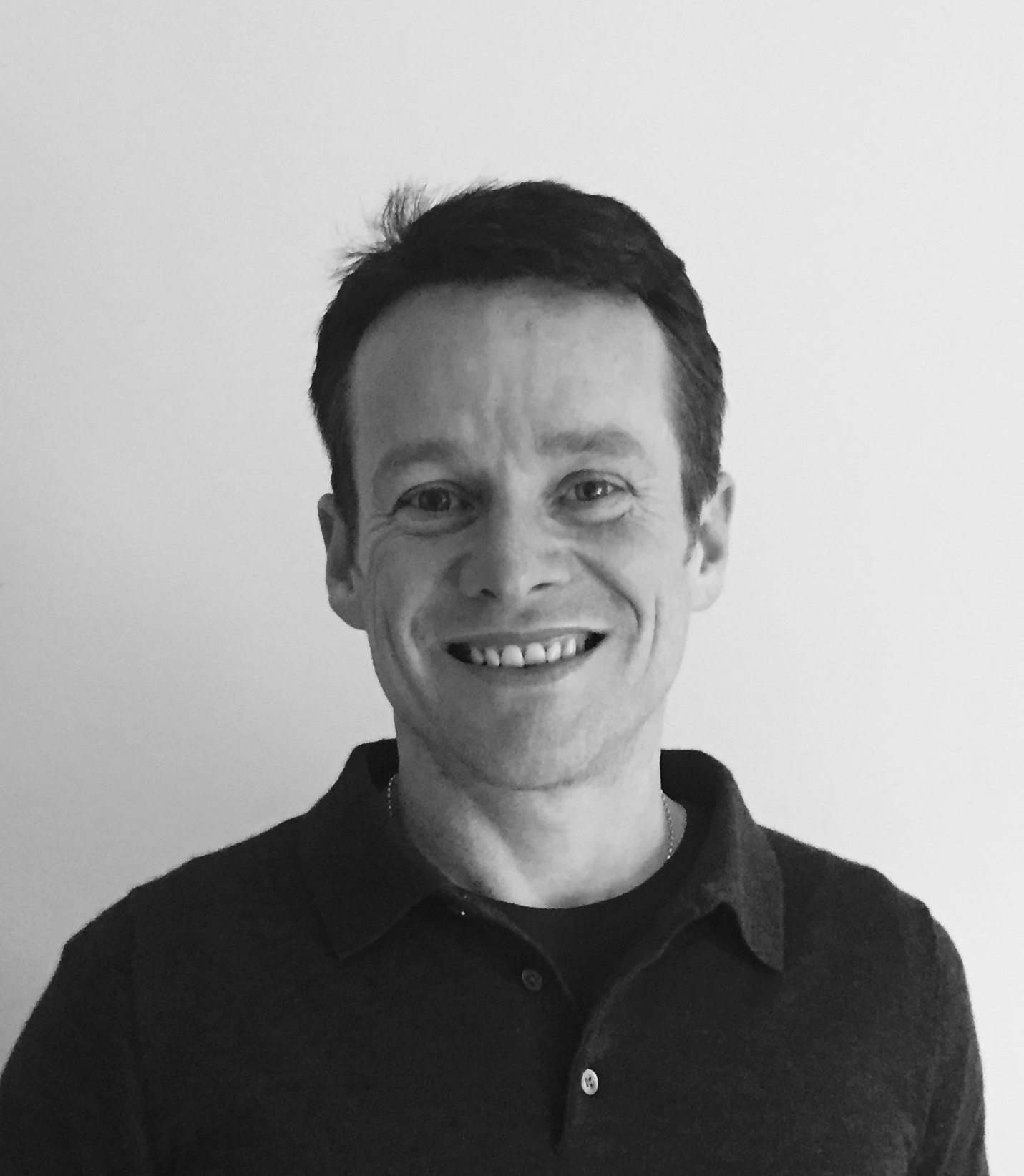We all have people in our lives that cause us distress. It might be an alcoholic parent, a partner with depression, a tearaway sibling, or someone that you care for who is simply not nice.
You want them to change, and it’s likely that they want to change; people who are suffering usually do, but change seems unlikely.
Can you make them change?
Hell no! You can plant a seed, but that’s as far as it goes.
Responsibility
Are you responsible for other people making changes in their life? That’s another “hell no”. You are only ever responsible for yourself.
Of course, I’m not talking about your responsibilities as a parent, business owner, or employee. These are your responsibilities.
So what’s the difference?
The difference is your ability to respond. In his highly influential book Seven Habits of Highly Effective People, Stephen Covey describes this in terms of response-ability — the ability to choose your response. Thus responsible means response-able — you are able to respond. You can take action to be a good parent, good partner, or good employee, but you cannot take action for other people. That is their response-ability.
Selfish change
First and foremost, you need to look after yourself. This you can act on. This is something you are response-able for.
Does this sound selfish? Possibly — by societal norms anyway. But if you examine this carefully, it makes perfect sense to look after yourself first.
Can you meaningfully help others if you don’t look after yourself?
It’s like a parent on a plane that loses cabin pressure. They can only help their child if they put their own oxygen mask on first. It’s the same in life. If you want to help others, you have to put on your own mask first.
The point is, it’s OK to look after you. You can’t change other people anyway, not if they don’t want to change, so why feel guilty about it.
“When we are no longer able to change a situation, we are challenged to change ourselves.” Viktor Frankl

Photo by Daniel Mingook Kim on Unsplash
Planting a seed
I have spent the last three years developing a program to show people that ‘change is possible’. However, these tools are useless if they are not put into action. “You can lead a horse to water, but you can’t make it drink.” — Anonymous.
So what can you do?
It’s easier when I’m trying to implement change with my clients. They want to change their lives. But when people are unaware, lost, or simply don’t care, all you can do is plant a seed.
In my experience, the “talking seed” is useless. I’ve talked my ass off about the tactics, tools and strategies I’ve used to make changes in my life, but it barely makes a dent on people who don’t want to know.
The “listening seed” is a far better option. Most people want to be understood. So if someone wants to talk, and I mean really talk, listening with your full attention can provide a space for change.
The “action seed” is the juiciest seed — you are literally showing them the way. And when your actions match your words, it is difficult for people to ignore. Change is still hard, but now they know there is a way.

Photo by Evan Kirby on Unsplash
Take away message
No matter how painful it is, for you or the people that you love, you cannot make them change.
It’s best to focus on what you can do — what you are response-able for — and this means taking care of yourself. This isn’t selfish — it’s the only thing that makes sense. And if a loved one does seek your council, you’ll be in a much better position to help.
Does this mean leaving them to struggle on their own? Of course not. You can always plant seeds of change, I plant seeds everyday, but you must always put on your own mask first.
Do You FEAR Change?
If not, and you are willing to take action, check out the FREE program I developed to make extraordinary changes in my recovery from long-term heroin addiction.
Originally published at theascent.pub


